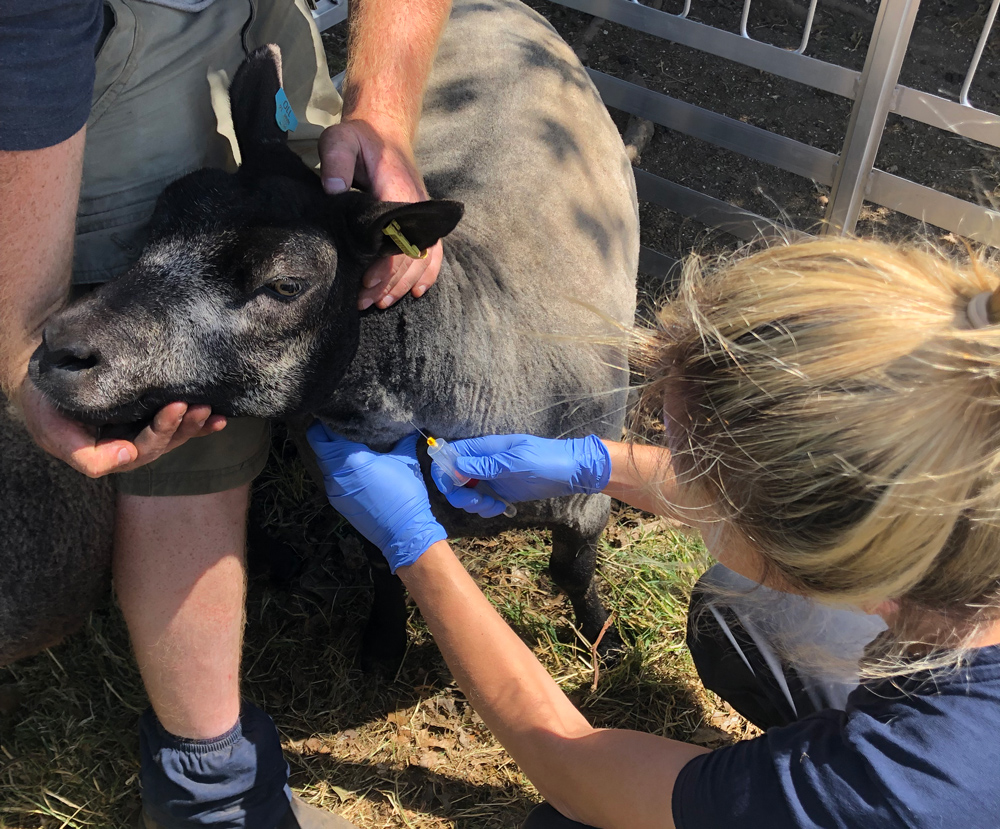The role of the farm vet has evolved over generations. Traditionally, vets like James Herriot, were largely treating sick animals and attending emergency calls on small family farms. As time has progressed, the agricultural industry has changed, and our responsibilities have developed alongside it. Herd and flock sizes have got bigger, farmers are more involved with individual animal diagnosis and treatment, preventative medication is more widely available and, above all the external political pressures on the industry continue to present huge financial and production challenges. So, whilst we still cover the traditional basics, we have largely moved towards practicing population medicine. Alongside a wider farm team, we look at all aspects of population health, including nutrition, disease, and reproduction to improve herd and flock health and protect public health at the same time.
Whatever farm system or species we work with, the underlying focus for the vet and the farmer is always to ensure and maintain the health of the animals. When we discuss our annual herd and flock, health, and performance plans, we recognise the times of year when the demands on the animals are highest, and we account for these. For many of our spring calving herds and flocks, their animals will be heavily pregnant now, and the energy demands on these mothers in their last trimester will be huge. Not only will the unborn calves and lambs will be growing rapidly at this stage, but the dam’s udder will also be developing, to ensure milk, high in energy, protein, vitamins, and minerals is produced.
A recent study conducted by the University of Edinburgh, on 250 sheep has published interesting and useful results that echo how important pre-birth nutritional planning is. Ewes were blood sampled three-weeks prior to lambing and their protein and energy levels were recorded. They found ewes with low-protein levels were more likely to lose a lamb in late-pregnancy or up to 24 hours after birth. And, shockingly they found about 50 per cent of ewes were low in protein, despite good management practices of scanning and feeding them according to their predicted requirements. They also found the ewes with low energy levels, were five times more likely to have lambs with low antibodies and these lambs would be five times more likely to then go on and struggle with low growth rates.
This study shows that despite good care of ewes around lambing, unless we test their blood, we don’t know whether the diet is providing enough energy and protein at this critical stage. I would encourage routine, pre-lambing metabolic profiles on all flocks. If conducted at three weeks prior to the start of lambing, we can determine the nutritional status of your flock, and still have time to help improve lamb survival and ensure good birth weights and subsequent growth rates. For more information, please contact our farm office on 01258 472314 and we will be happy to help.











Leave a Reply